Going on your first liveaboard? I know you probably have a million questions, and what to pack for a liveaboard dive trip is probably at the top of the list!
I’ve been a diver for 15 years, but went on my first liveaboard just 1 year ago. I was a little intimidated by the idea of it, and let me tell you: I forgot a lot of important things, even as an experienced day trip diver!
And I didn’t just forget the “nice-to-have” things. The things I didn’t have with me ranged from simply making me uncomfortable (while everyone else was cozy, excited, and prepared) to making it so I was completely unable to see underwater (worst case scenario, right?).
So learn from my mistakes, friend! Here’s my comprehensive, tried-and-true liveaboard packing list, including the things that I forgot—or didn’t know existed—on my first scuba diving liveaboard. I hope it helps answer your questions about what to pack for a liveaboard for a week (or longer/shorter!)
Liveaboard packing list for first time scuba divers
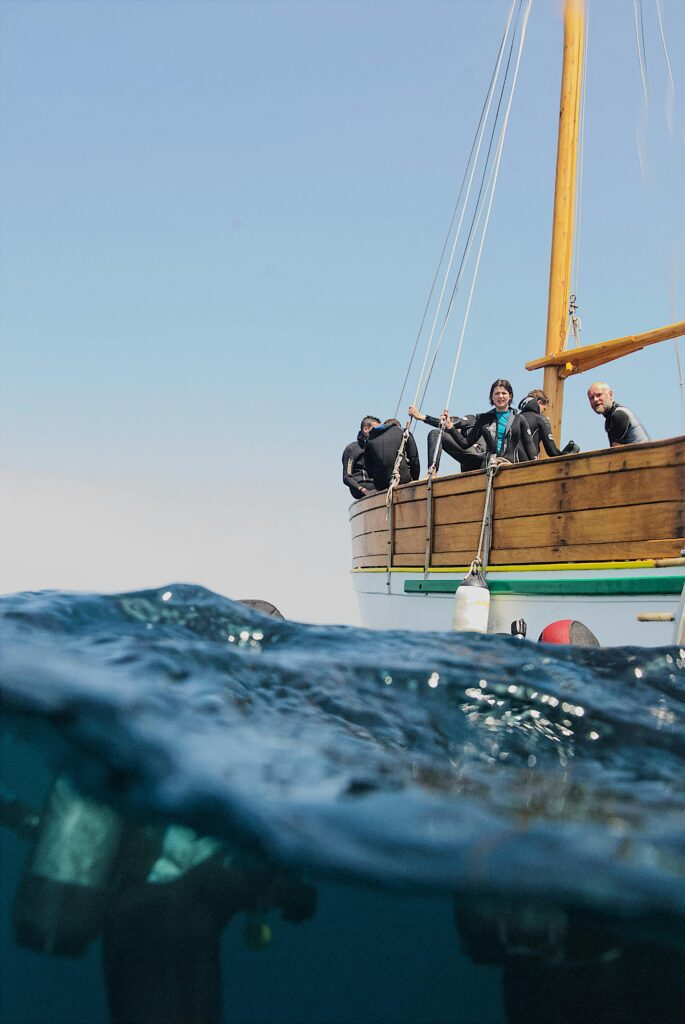
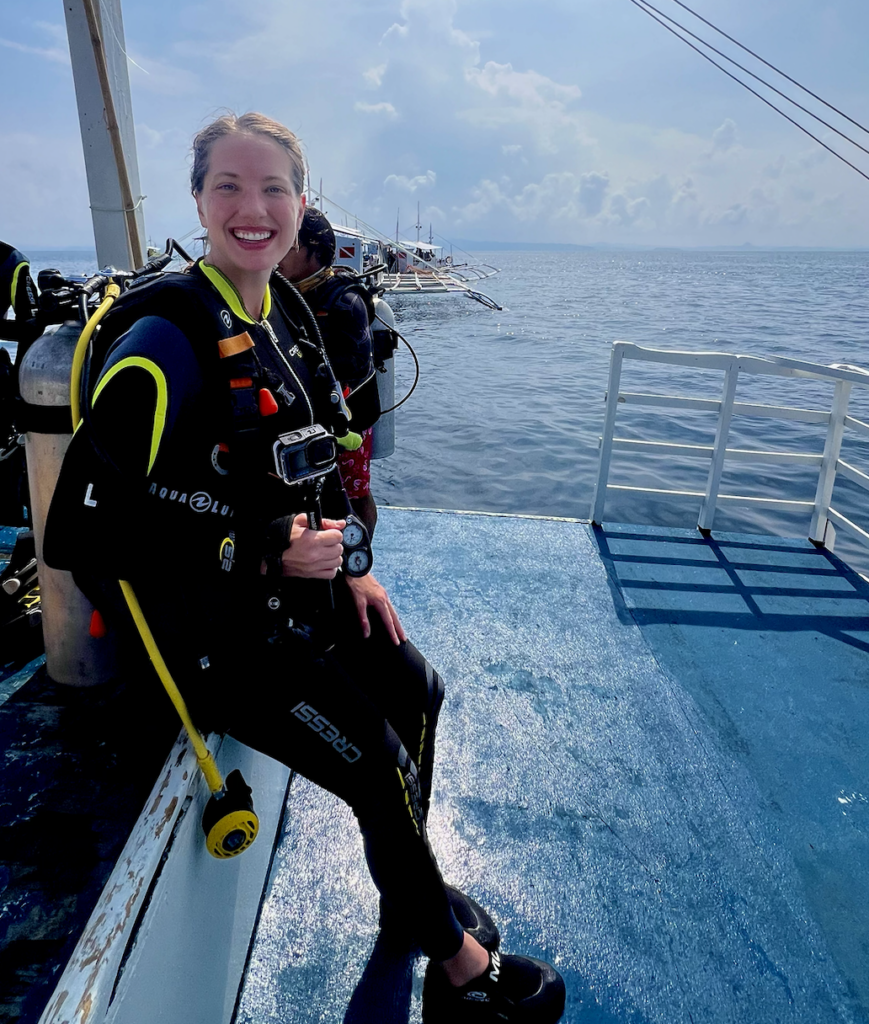
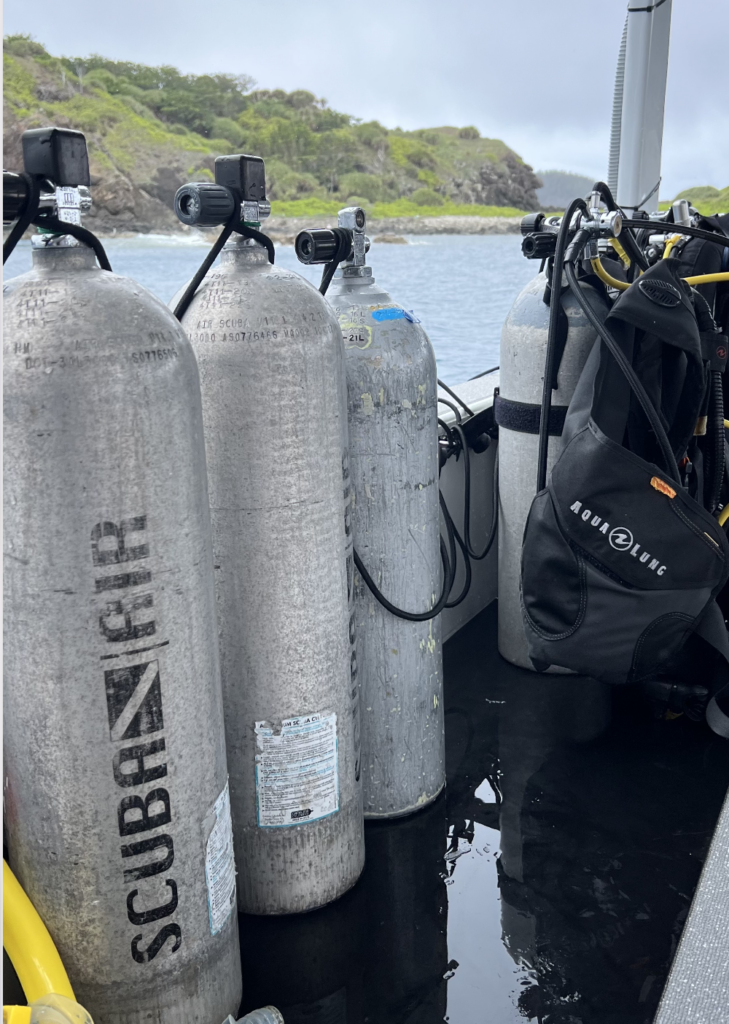
Dive Equipment
When it comes to dive travel, my personal preference is to rent most of my of gear rather than risking checking and damaging thousands of dollars worth of equipment on a plane (and then consequently dragging a lot of heavy things around with me).
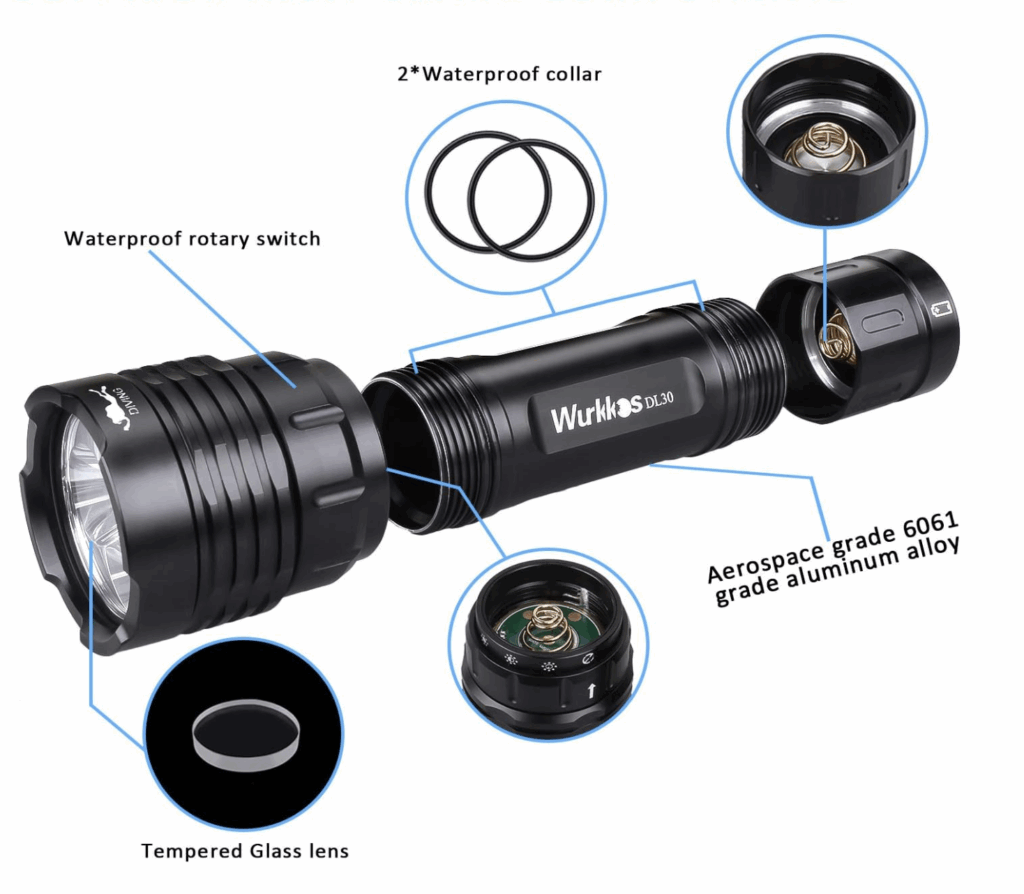

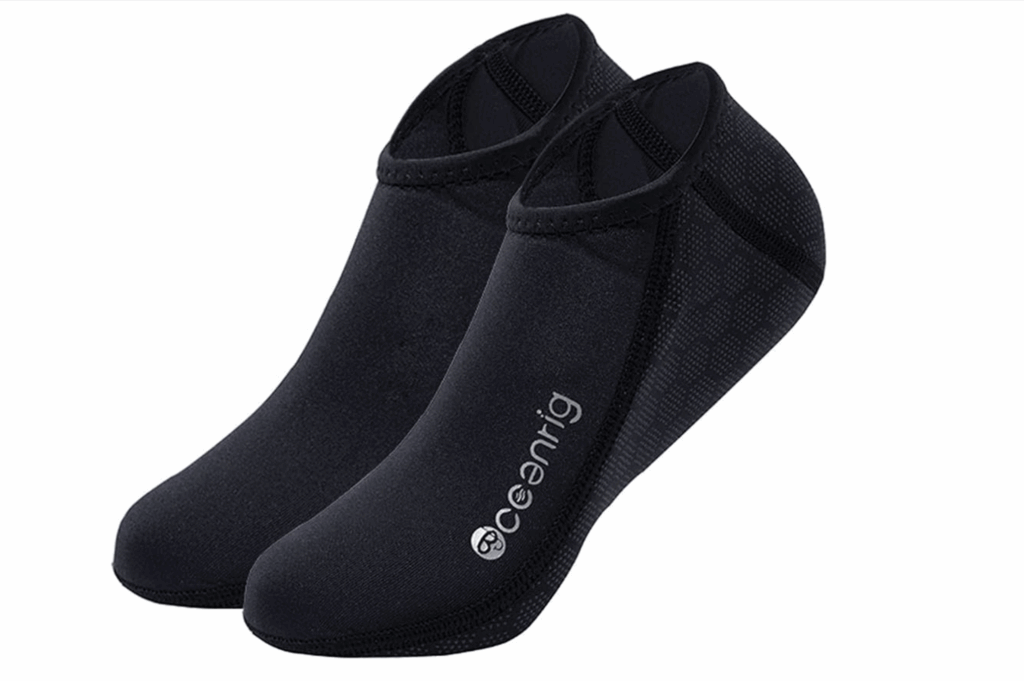
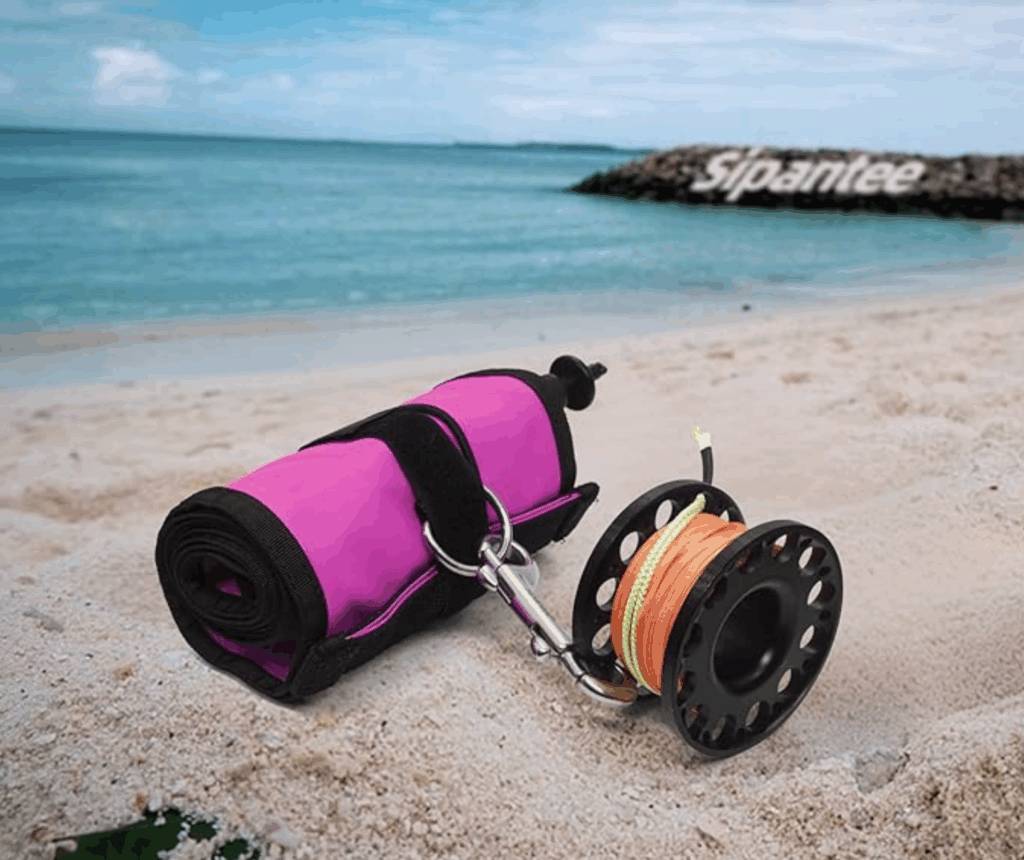
I know a lot of divers prefer to bring their entire full set of gear, but you can absolutely have a great time and have everything you need by bringing a few important pieces of personal dive gear and renting the rest. Here’s what I always bring:
- SMB: Not all liveaboards will require that you have your own surface marker buoy, but with scuba diving it’s better to be safe than sorry! I recommend always diving with your own in case of an emergency. This is the one I use, and it takes up almost no space in my luggage. Plus, it’s pink (so it can be seen most dive conditions).
- Dive socks (bring a few pairs so you have dry ones to change into after dives. Putting on wet dive socks is the worst!)
- Dive booties: I’ve had these affordable Cressi booties for years and they’re super durable!
- Dive gloves: I used to skip these, but you never know when you’ll need to descend down a line (which is often covered in potentially stinging things) or anchor yourself in rock. One time I had a hydroid tendril graze my hand (it was swaying in a strong currant and whacked me from behind!) in the Phillippines and had sore bumps for months. Wear gloves!
- Mask
- Rash guards, dive skin, or wetsuit. If you’re a rash guard person, bring at least 4-5 so again, you have dry ones to change into. Personally, I recommend always diving with a least a full skin to protect yourself from sea lice, accidental coral scrapes, etc under the water.
- Mask defog: Most dive boats have it, but different places have different kinds of defog and it doesn’t always work for me. As someone who doesn’t have the “right” kind of spit to defog a mask, this means I have to bring my own defog everywhere, rather than gamble on whether the dive boat’s works as well as I need it to!
- Snorkel
- Dive computer
- Whistle
- Torch
On board necessities
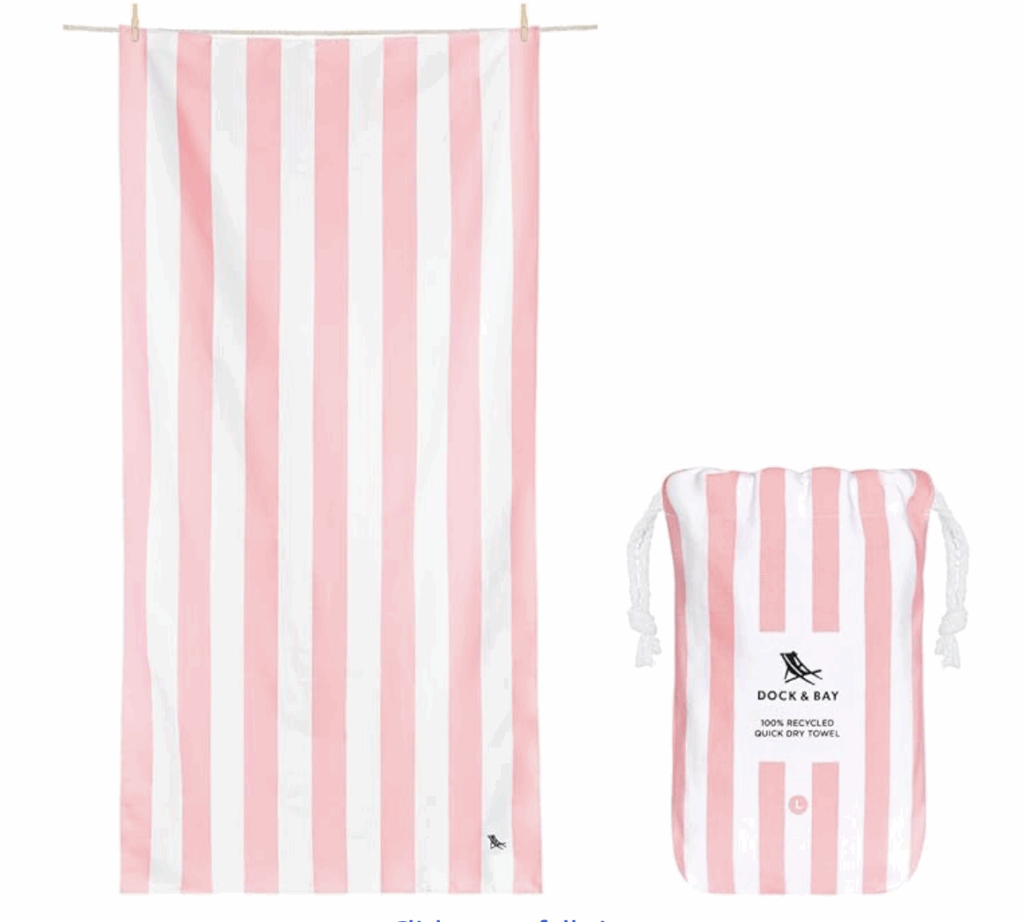
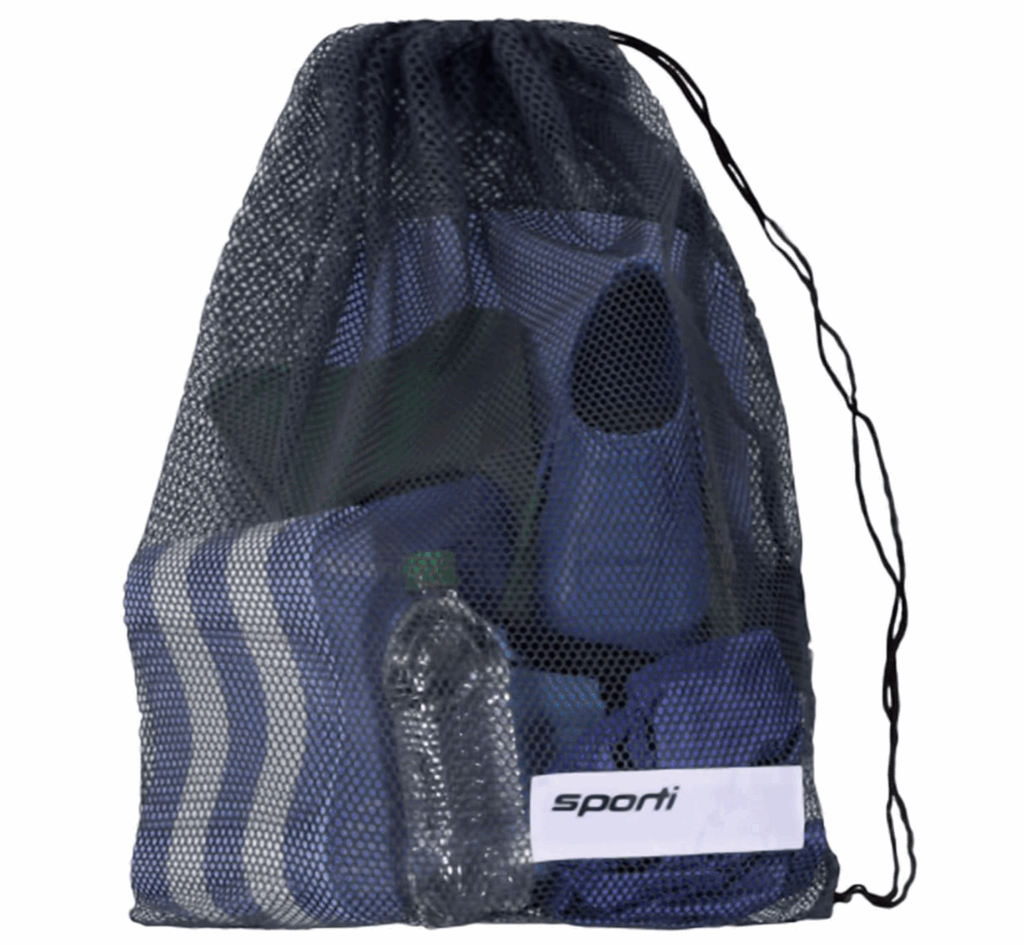
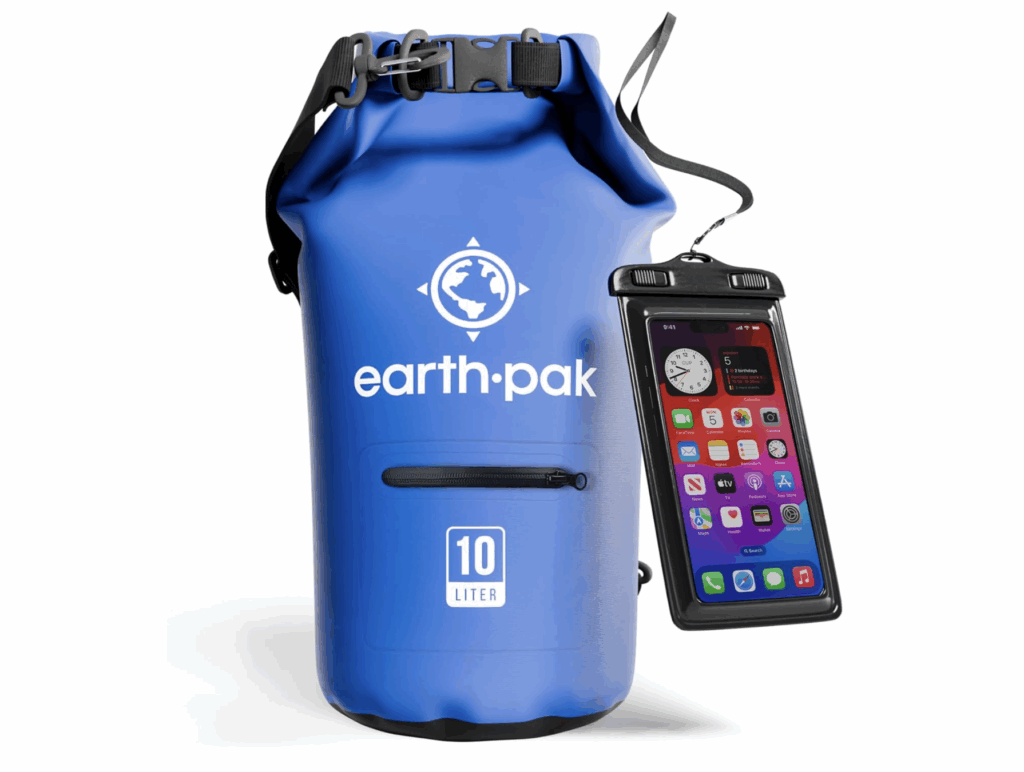
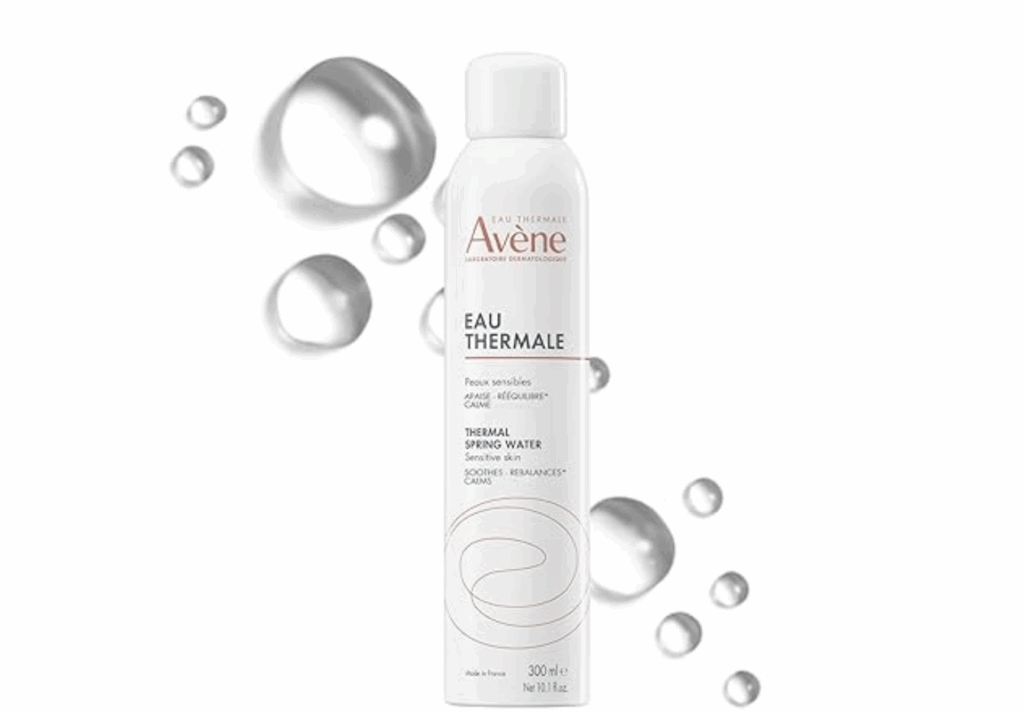
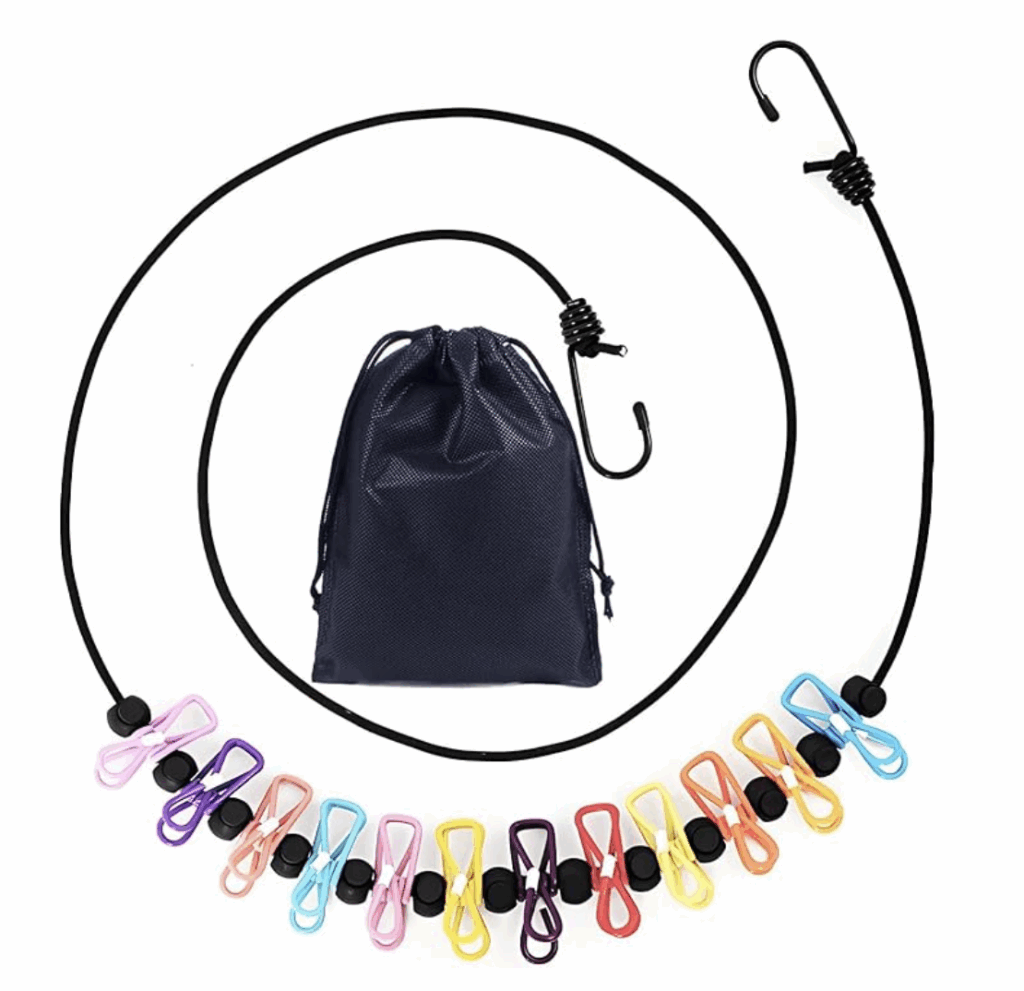
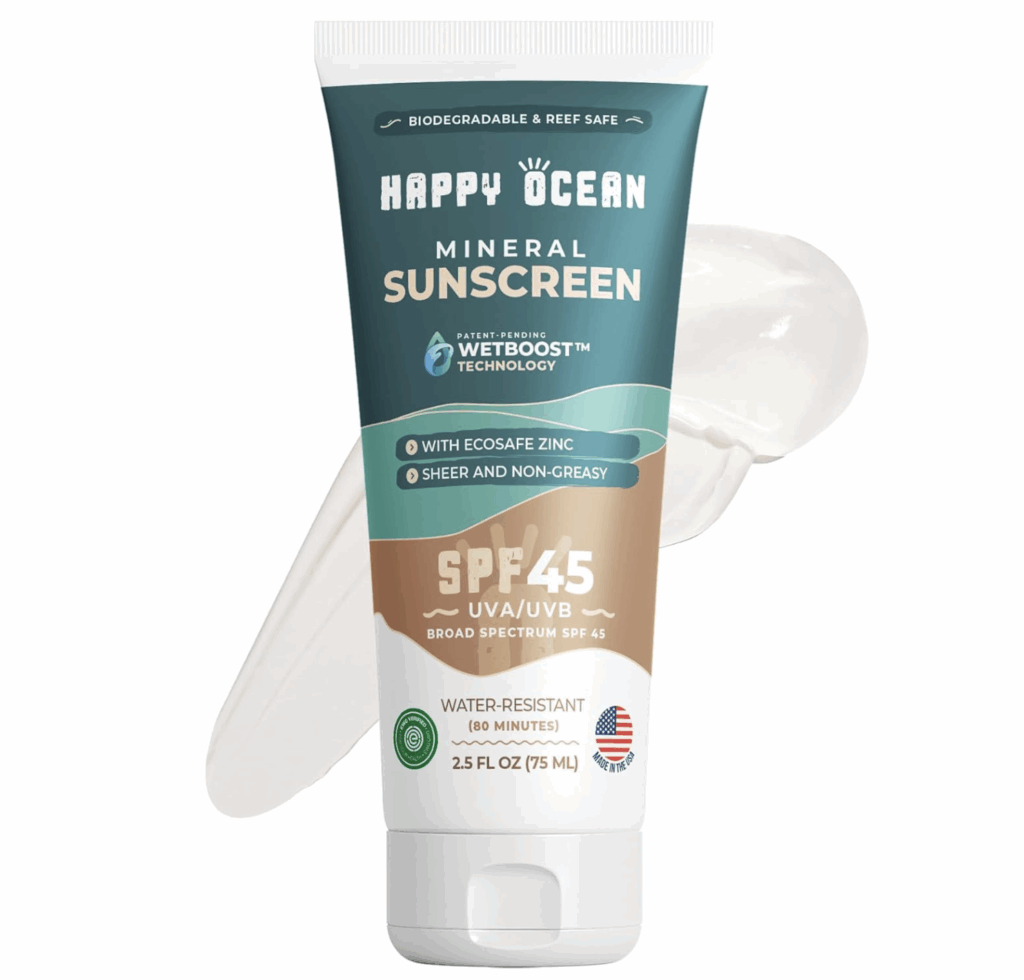
- Quick drying towel
- Mesh bag for wet items
- Dry bag
- Sleep mask
- Earplugs
- Thermal water face mist: Why? Because when you come up and get back on the boat, you’ll be waiting in line to rinse off in fresh water. I never go without my fresh water spray because I want the salty gritty layer off my face and eyes as soon as possible. It’s also great just as a little refreshing spritz between dives to keep my face hydrated (salt water really dries me out, but everyone is different!).
- First aid kit:
- Seasickness medication: Even if you’ve never been sea sick, bring at least 2 different kinds of sea sickness meds! I’ve only been seasick once and was traveling from Thailand to my liveaboard in Komodo. I bought what I thought were seasickness pills in a pharmacy in Bangkok, but realized I made a mistake when I was VIOLENTLY ill the entire time. I wish I’d had ANYTHING else to try to help!
- Pain killers
- Liquid band aids: Normal bandaids can’t stand up to being constantly wet and these can be a lifesaver!
- Moleskin for blisters from rubbing fins
- Reef safe sunscreen
- Menstrual cup: Ladies, trust me on this one. Having your period while diving is something we all stress about, and switching from tampons to a cup has made my periods so much easier and more sanitary. I wish I knew about them sooner! I use one that doesn’t need changing for 24 hours, and with shared bathrooms, I have so much peace of mind.
- Eye drops
- Clothing line with clips: You can string this up somewhere on the boat to hang your wet things! No competing for hook space or doubling up bathing suits!
Clothing
Like day boat diving, you’ll want to have something to wear to warm up between dives. But unlike day boat diving, you’ll be doing repeat dives for days on end, and with water conducting heat away from your body 25 times faster than air, you’ll need a little extra clothing to be comfortable.

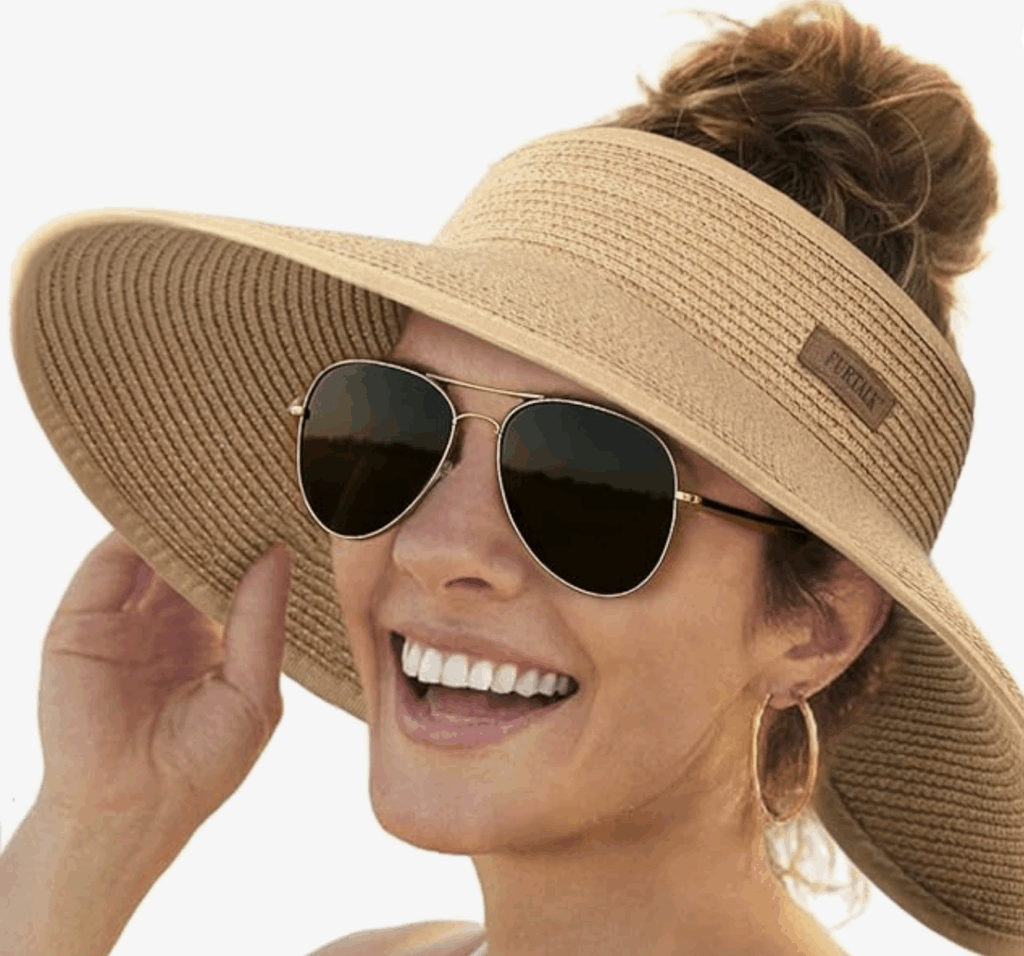
- Soft towel snuggie: I know they look goofy, but they are so practical on liveaboards! After a dive, I’ll usually toss this on over my wet bathing suit after a rinse, or after I’ve changed, toss it over my dry bathing suit as a cover up until I put on my wetsuit. If you’re a cozy girl like me, this is a quick-drying game changer vs. the soggy hoodie I used to toss on between dives.
- Windbreaker
- Hoodie
- Sweatpants
- Socks
- Hat: I use this FOLDABLE sun hat and it’s the best! It has a nice wide brim and you can roll it up tightly to save space in your bag
- Sunglasses: Polarized is best (the sun can be extra powerful reflecting off of the water and damage your eyes more easily)
- Bathing suits: Bring more than you think you need! They’ll dry fast in the sun, but if you end up with cloudy weather you’ll wish you had at least 4-5 bathing suits so you can change into a dry one after each dive!
- PJs
Electronics
- Cameras: If you’re a new diver, focus on the diving and get comfortable before you bring out the camera. Otherwise, don’t forget to bring your favorite action cam and underwater dive housing
- Chargers: Bring a longer corded charger if you can, because you may not have a bed near an outlet if you’re doing a liveaboard where you’re not in a solo room!
- External charging bank
- Satellite phone: Not everyone does this, and yes they’re expensive. But I personally feel more comfortable diving with one attached to me on carabiner just in case I get separated or swept away from the group and surface alone. Scary to think about, but I’ve heard of stranded divers in really dicey situations without one. Like everything in diving, better safe than sorry.
Miscellaneous
- Non perishable snacks: Most liveaboards will have plenty of food, but I’m always starving as soon as I come up from a dive. So if you have to wait a couple hours for lunch or dinner after a dive, it’s nice to have something healthy or high protein (like trail mix, protein bars, dates, or nuts) to munch on!
- Electrolyte packets: Honestly, these were a genius hack that a friend told me I should bring, even though its not something I drink at home.
- Book or kindle: Unless you’re on a livaboard with fantastic wifi, expect to go without it, and bring something else for entertainment when things get quiet~
- Cash for tips
- DAN insurance: Normal travel insurance does not cover what it calls “hazardous” activities, so you need special insurance for scuba diving. Most liveaboards will require that you show proof of your DAN insurance, so don’t skip this! If you find yourself having to visit a hyperbaric chamber or get medical treatment, you’ll thank me.
- Dive cards
I hope this answered all of your questions about how to pack for a liveaboard, or at least gave you a place to start with your packing list! If you’re looking for more scuba diving destination ideas or dive travel guides, check out some of my favorites:
- My guide to diving with thresher sharks in Malapascua, Philippines (cost breakdown, best dive shops, what to bring, etc!)
- I helped manta ray conservation efforts while scuba diving in Komodo, Indonesia. Here’s how any diver can do it, step by step!
- I went scuba diving with dugongs in Coron, Philippines. Here’s why I regret it.
- My guide to scuba diving the incredible Lanai Cathedrals in Maui, Hawaii
- Exploring Japan’s most infamous WWII island: Chichijima (bombed out bunkers, sea caves, & scuba diving shipwrecks!)
This blog may contain affiliate links, which means that at no cost to you, I may earn a small commission of any products sold. I only feature products that I believe in and use. Your support means the world to me and allows me to host this website!
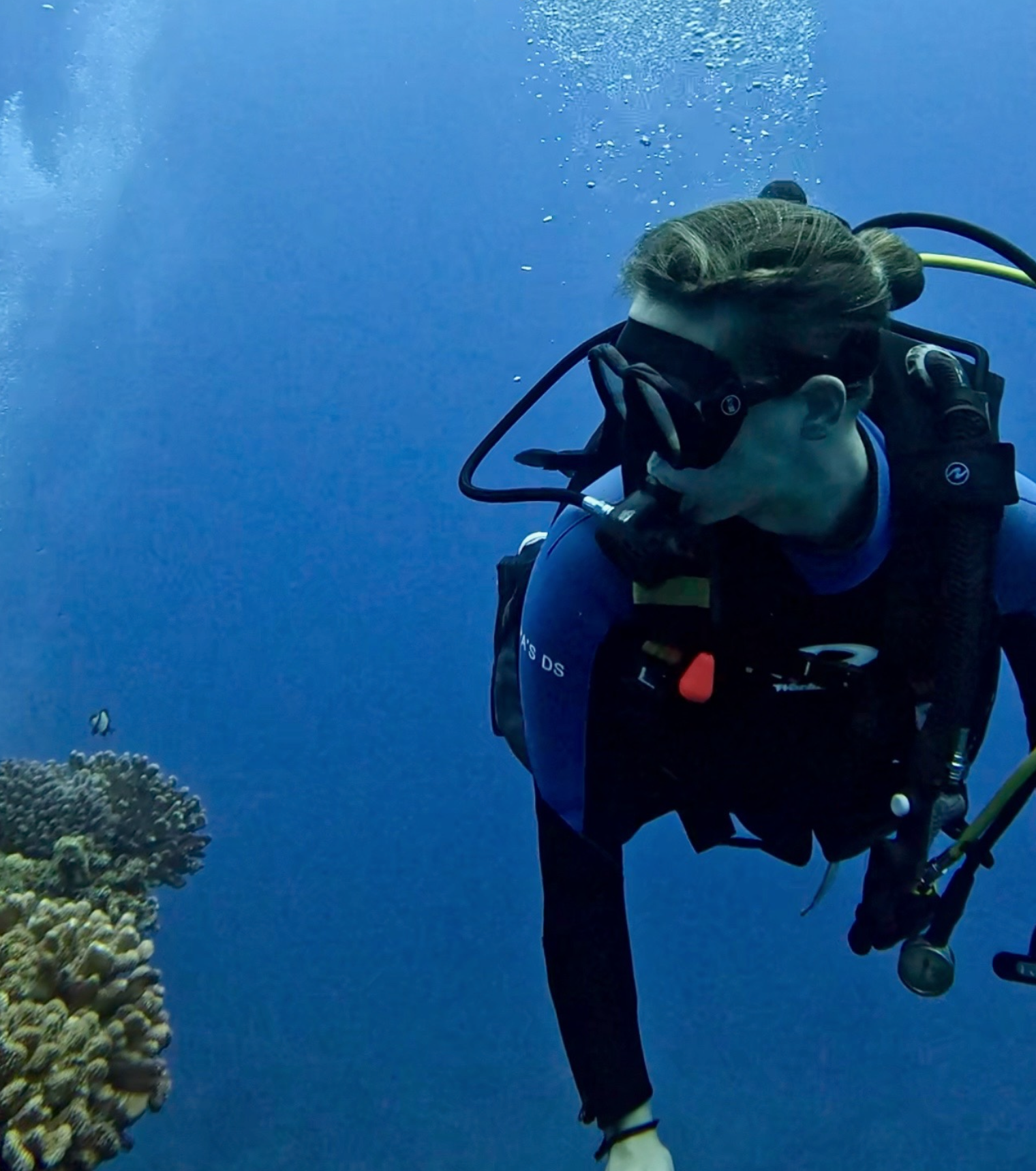
LEAVE A COMMENT